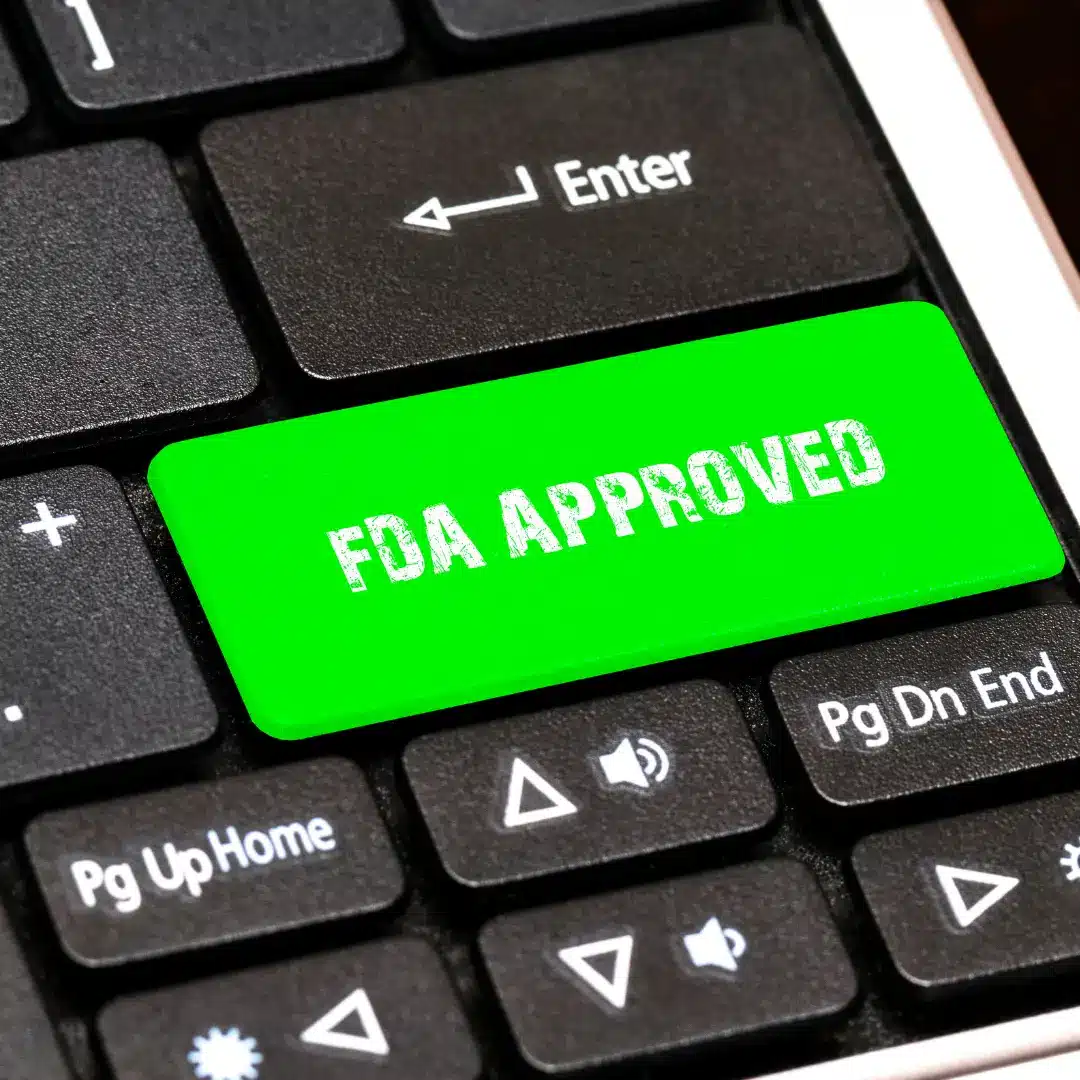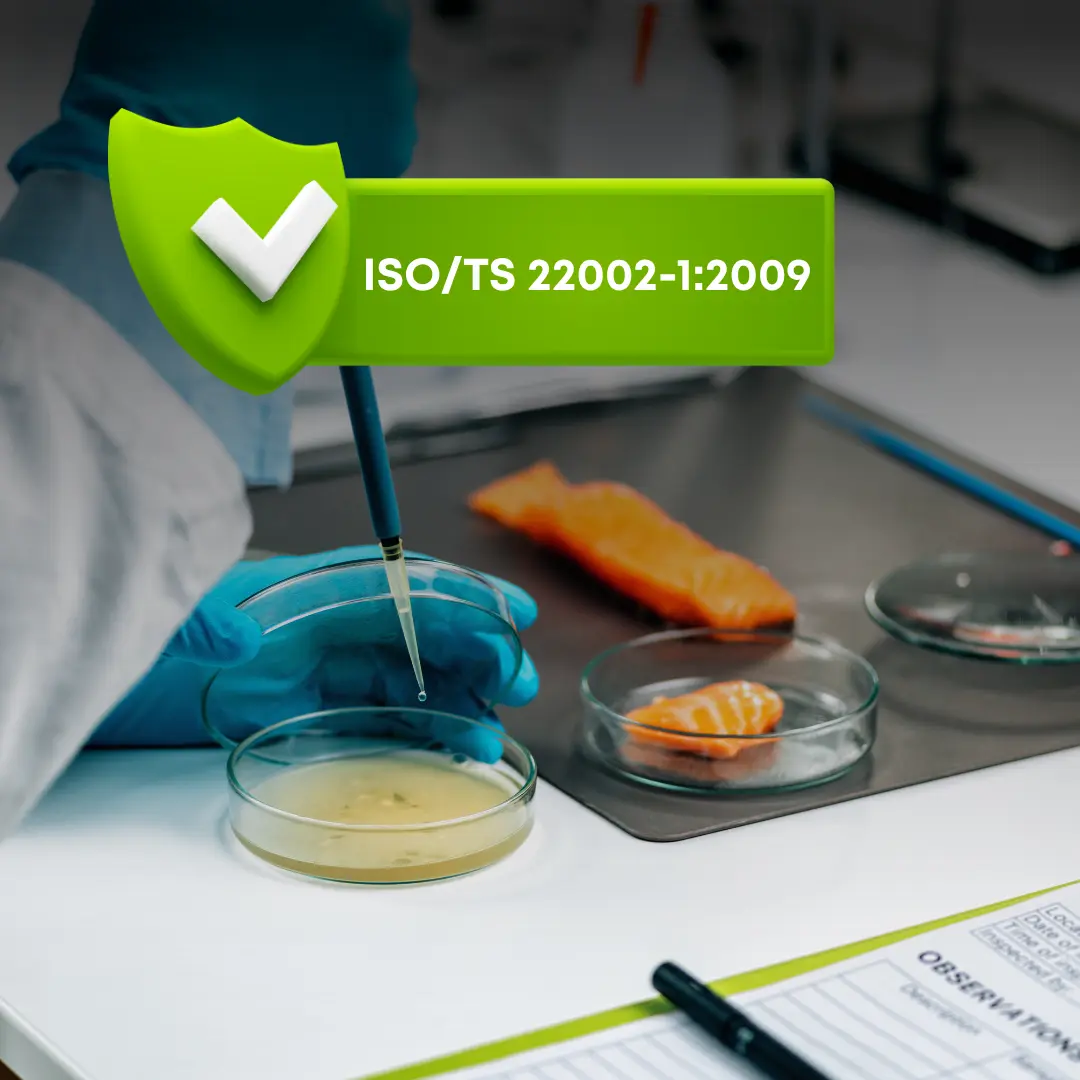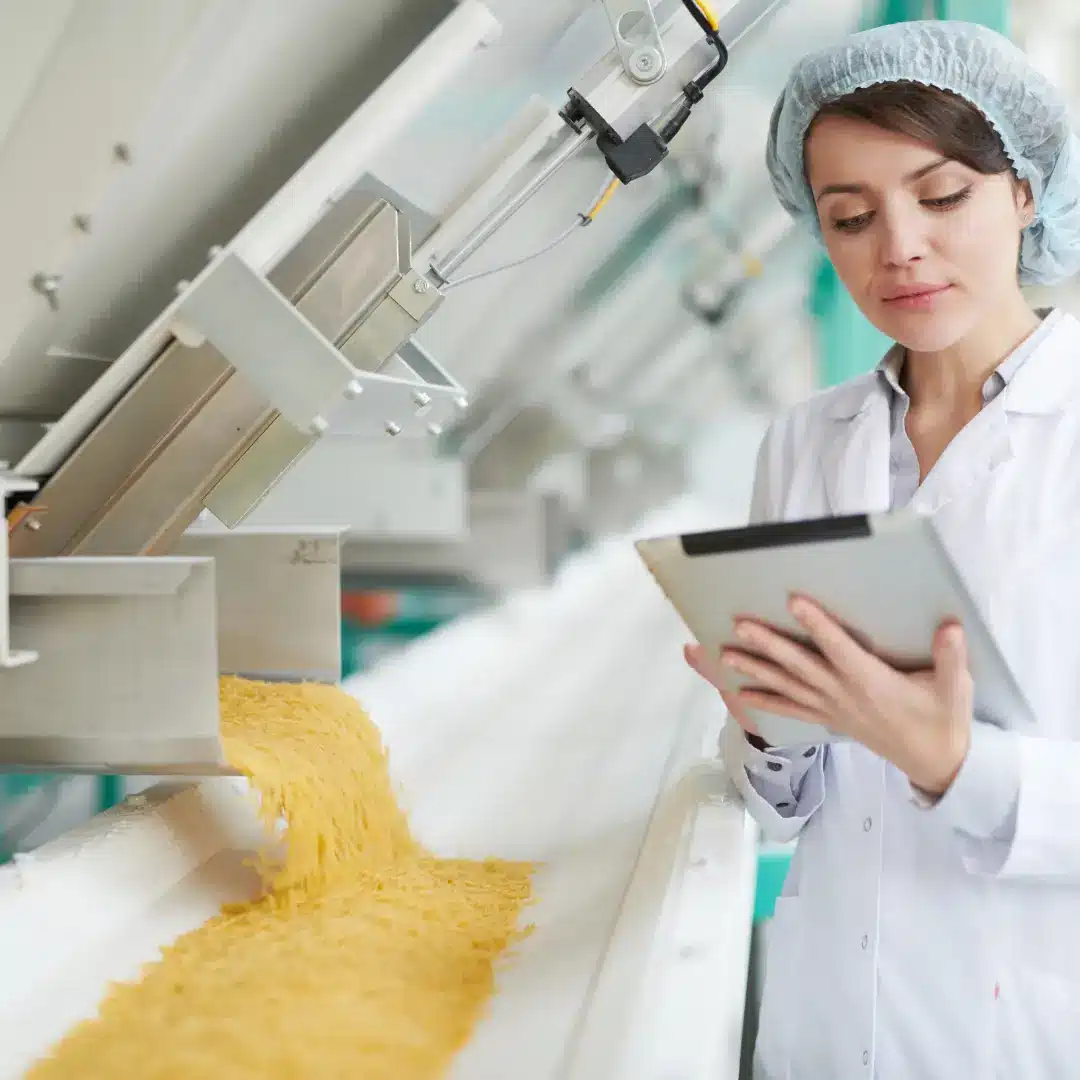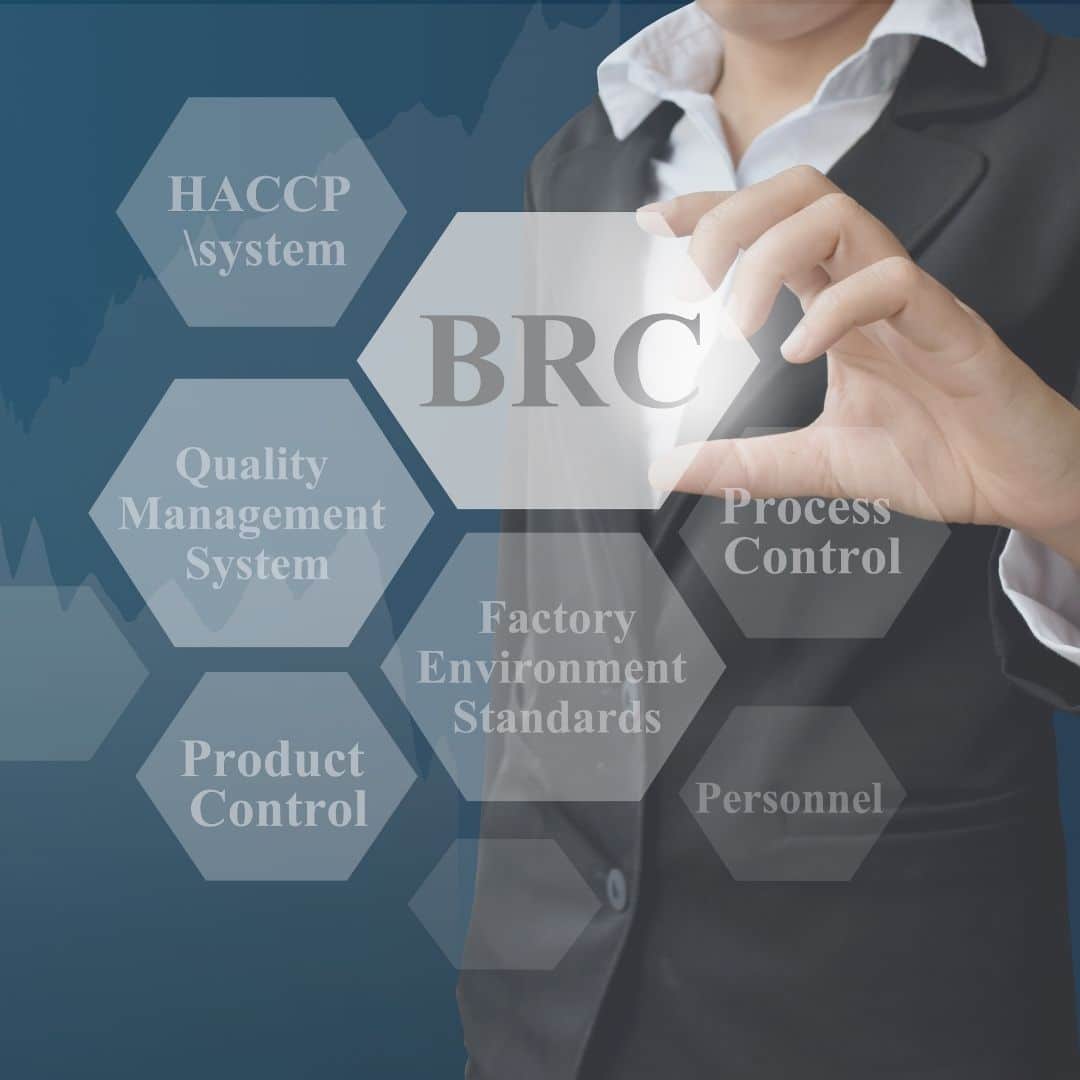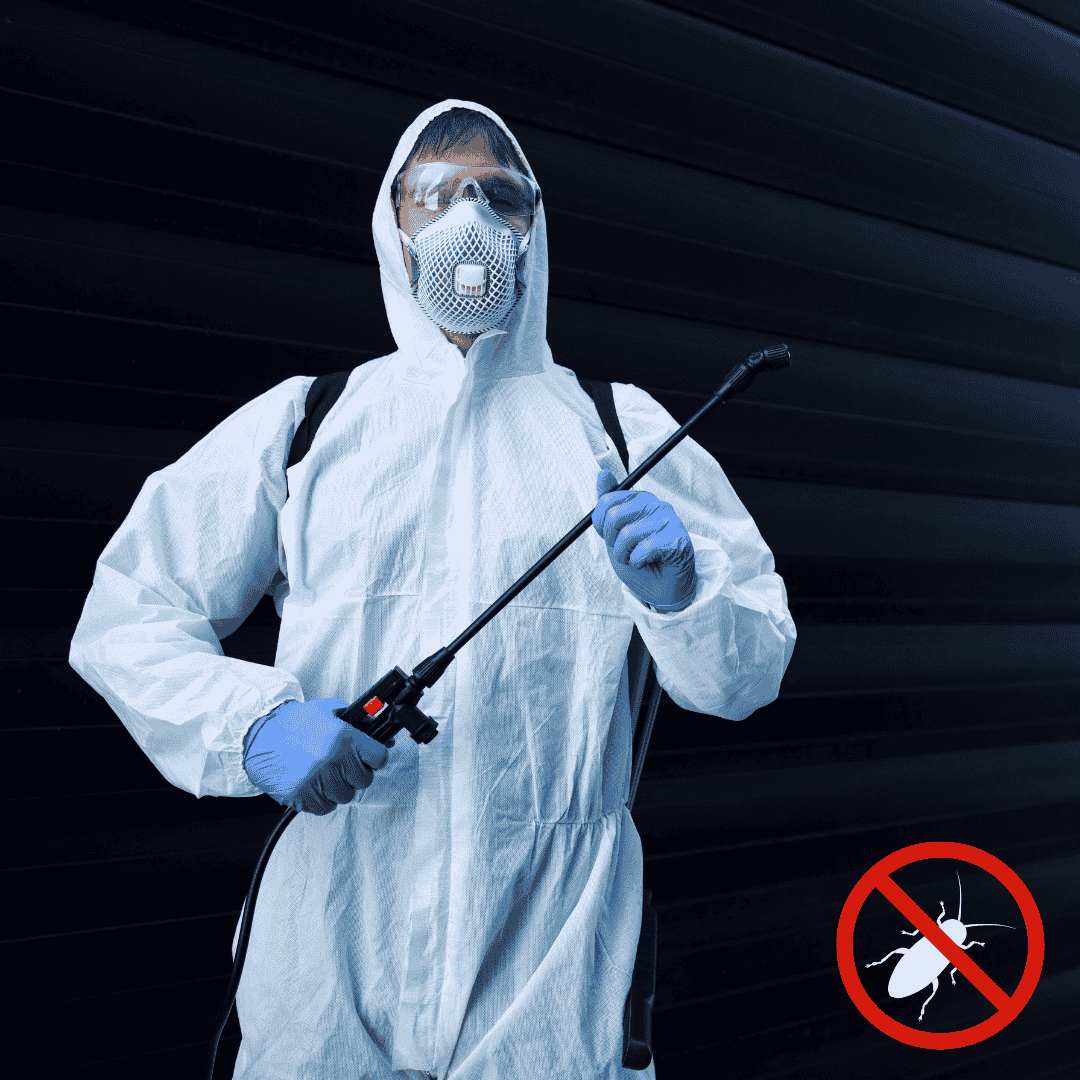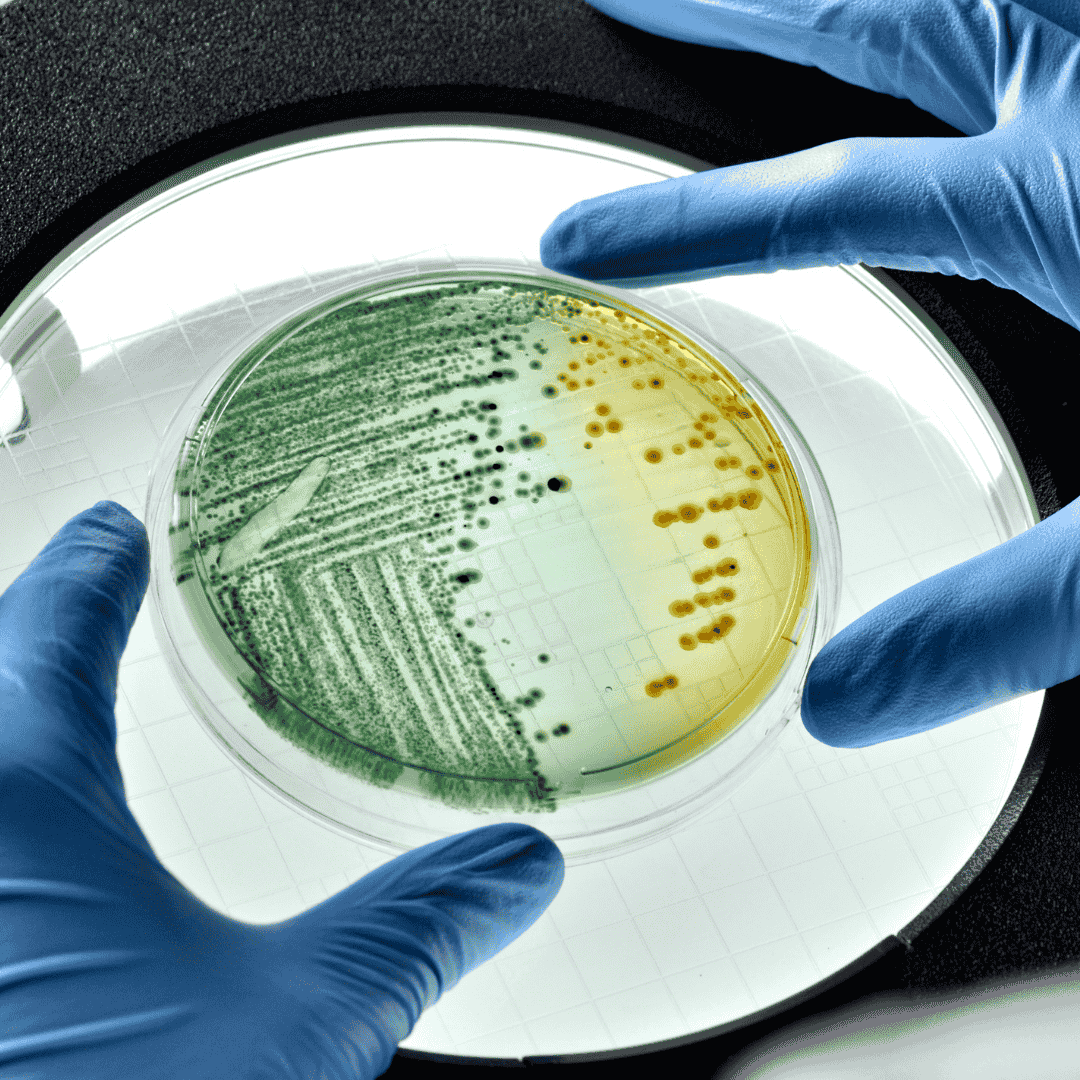Smarter Food Safety Starts with Your Data
In food production, data is everywhere—test results, cleaning schedules, audit reports, lab findings, pest activity logs, and more. But having access to data is not the same as using it effectively.
Today, leading food companies are discovering that how they manage and interpret their food safety data is just as important as the data itself. The pressure is higher than ever: regulatory standards are becoming stricter, audits are more frequent, and consumers are demanding cleaner, safer, and more traceable food products.
Many manufacturers still rely on disconnected systems. Sanitation records stored in Excel, lab reports emailed as PDFs, and corrective actions logged on paper. This scattered approach leads to slow responses, missed risks, and wasted resources.
The solution? Data integration and predictive analytics.
By bringing together data from multiple sources and using intelligent tools to analyze trends, food businesses can move from reactive problem-solving to proactive risk prevention. This evolution not only strengthens compliance but also improves operational efficiency and builds a stronger food safety culture.

From Siloed Systems to Centralized Control
Traditionally, food safety operations have been fragmented. One system tracks sanitation checklists, another manages lab testing, and yet another handles employee training. These disconnected systems create data blind spots and make it harder to see the full picture when issues arise.
With a centralized food safety platform, all data—from EMP results to cleaning records—is stored, analyzed, and visualized in one place. This allows teams to:
- Identify contamination patterns quickly
- Reduce manual reporting work
- Respond to nonconformities in real time
- Maintain consistent audit readiness
Predictive Analytics: Turning Data into Action
Data integration lays the foundation, but predictive analytics is what turns insight into impact.
By applying intelligent algorithms to your operational data, food safety softwares can:
- Detect early warning signs of microbial growth in specific zones
- Anticipate which production lines may require intensified cleaning
- Recommend preventive maintenance before sanitation failures occur
- Alert managers to nonconformities before thresholds are breached
This proactive approach helps prevent food safety incidents, instead of reacting after they’ve already caused disruption or reputational damage.
Who Benefits?
Quality Managers can make faster, evidence-based decisions.
Sanitation Teams gain clarity on high-risk areas and cleaning priorities.
Executives see KPIs and risk trends across all facilities.
Auditors encounter a transparent, traceable digital history.
Everyone operates with more confidence, supported by real-time data and predictive foresight.
Building a Data-Driven Food Safety Culture
Integrated data and predictive tools aren’t just about technology—they support a culture of accountability, transparency, and continuous improvement. As compliance demands and consumer scrutiny continue to rise, a data-driven approach becomes essential for any company serious about long-term food safety excellence.
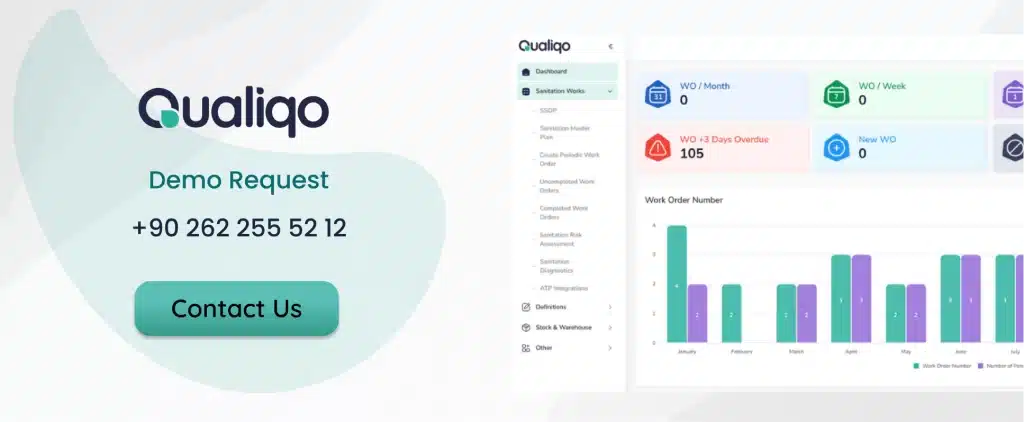
Next Steps
For food companies seeking efficiency, Qualiqo offers a reliable, all-in-one sanitation management solution. Qualiqo is designed to streamline food safety and sanitation processes for better operational control. It helps businesses track cleaning schedules, verify tasks, and meet food safety standards. Features include audit management, real-time alerts, and complete traceability across operations. With Qualiqo, food businesses embrace digital transformation and reinforce their food safety commitment.
Did you get enough information about “Smart Food Safety“
Qualiqo is here to help you. It answers your questions about sanitation and hygiene, Lab. & EMP, IPM and Pest Control. We also provide information about the main features and benefits of the software.
We help you access the Qualiqo demo and even get a free trial.
Frequently Asked Questions
Data integration means collecting and unifying information from multiple sources. For example environmental monitoring, lab results, sanitation logs, training records, and pest control reports—into a single digital platform. This enables full traceability and faster, more informed decision-making.
Predictive analytics uses past data to forecast potential risks. Such as contamination trends, recurring nonconformities, or equipment that may require intensified cleaning. Instead of reacting to problems, your team can take preventive actions before they escalate.
Our platform integrates a wide range of data sources.
Environmental monitoring (EMP) results
Sanitation task records and verifications
Lab test results
ATP/NGS/microbial testing data
Corrective and preventive actions (CAPA)
Team training and compliance logs
Audit reports and chemical usage data




